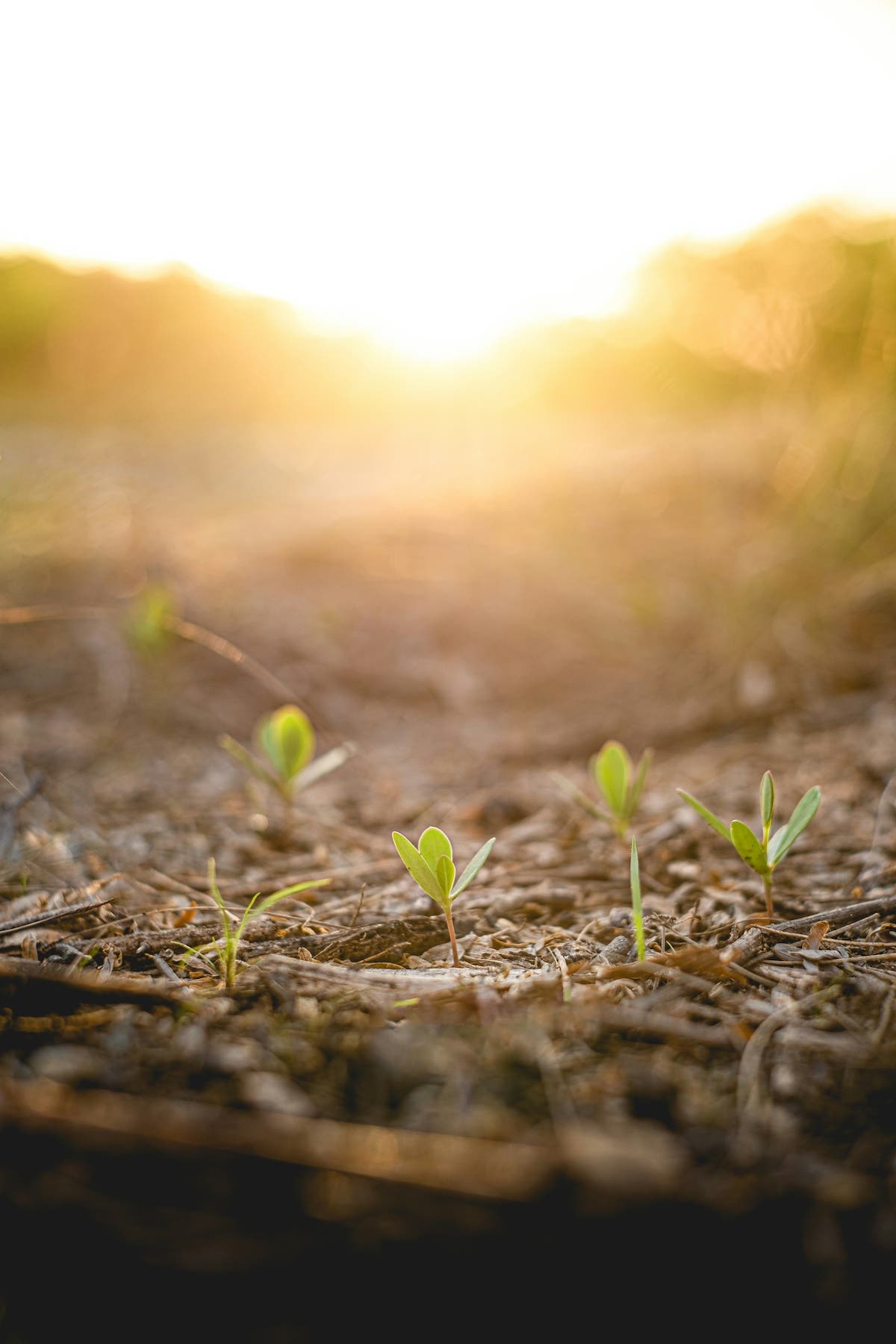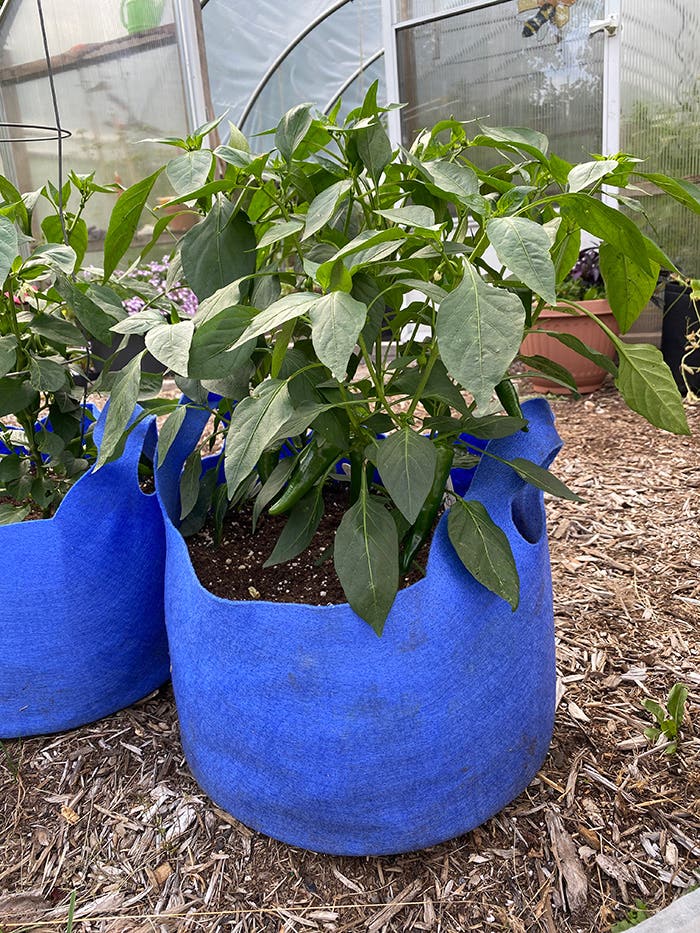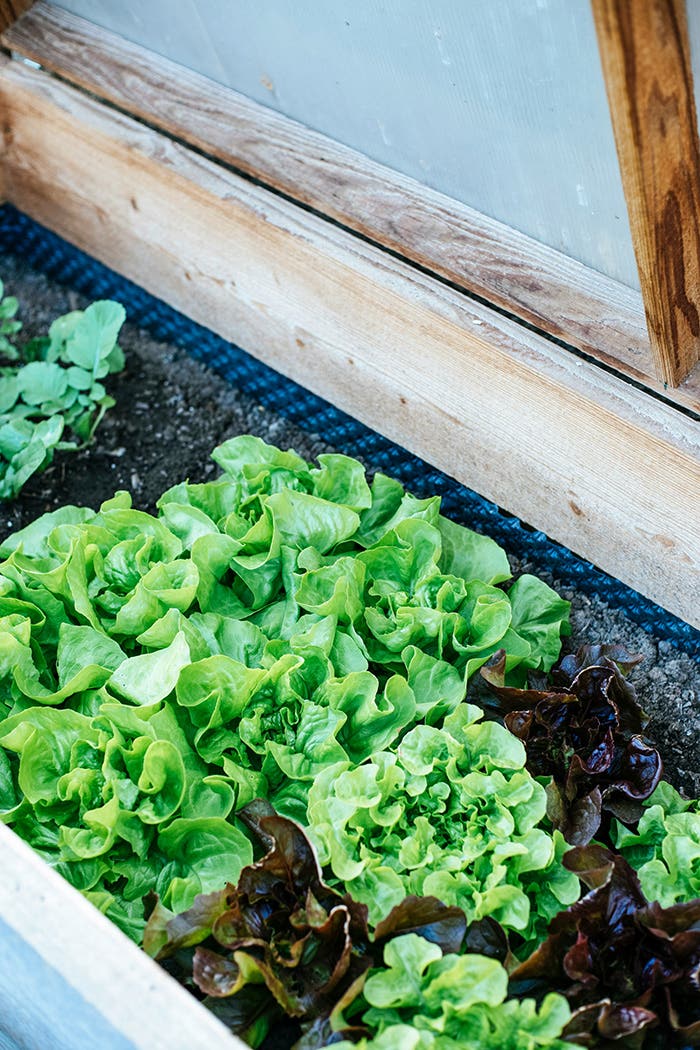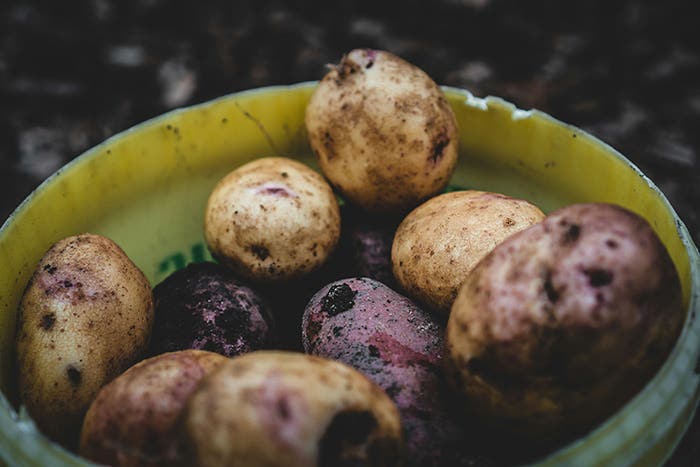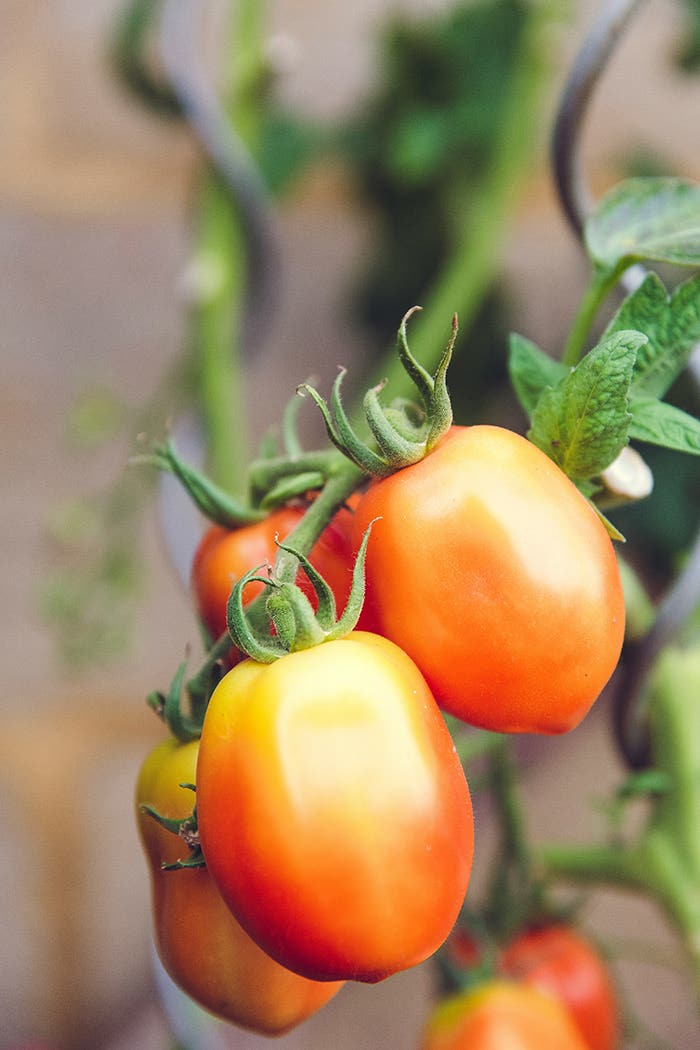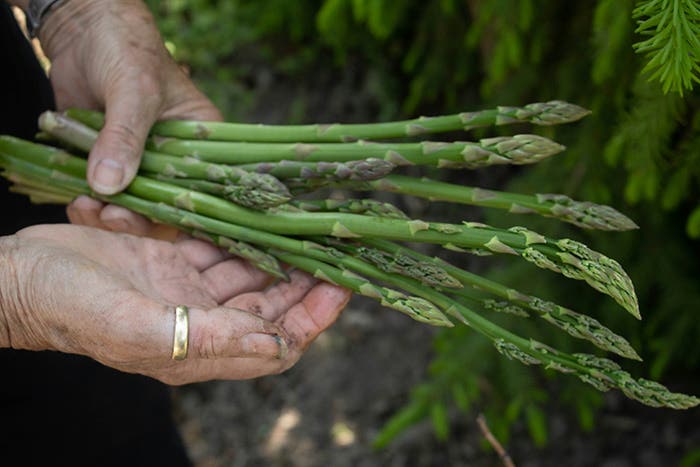Growing Saskatoon Berries in the Home Garden
An easy fruit to grow and enjoy.
Hiking through the mountains of Montana, we keep an eye out for saskatoon berries, a prolific, slightly sweet fruit that resembles a blueberry and hangs heavy on bushes from mid- to late summer. But nowadays foraging isn’t the only path to this tasty wild food; saskatoon berries are finally earning a well-deserved place in the home garden and commercial market.
Saskatoon, serviceberry, Juneberry, shadbush—call them what you will, but Amelanchier alnifolia are hardy, productive fruiting shrubs or small trees that have long been popular in the Canadian prairie provinces. For decades, Canadians have celebrated saskatoon berries in U-pick farms, festivals and recipes. Fortunately for us, more American growers are realizing the benefits of this northern favorite.
“The University of Saskatchewan has been a leader in cold-climate fruit production for a long time,” says Zach Miller, superintendent for the Western Ag Research Center of Montana State University. Researchers gathered seeds from local farmers and made selections from those varieties, building the core of the industry. The result is domesticated cultivars with fruits that are juicy and very sweet, with a plum-like flavor—heads above their wild counterparts. (When my family snacks on saskatoons during our adventures, the berries are somewhat sweet but very mealy.)
Although the fruits are called saskatoon berries, they’re really a pome, like an apple or pear. And like those plants, Amelanchier belongs to the rose family, Rosaceae. This makes sense as the texture of the wild saskatoon berry resembles that of a rose hip.
Growing Saskatoon Berries at Home
Saskatoons deserve space in the home landscape for two reasons: first, these are bone-hardy shrubs; second, they offer consistent, delicious fruit production. But there’s a third important factor, too, and it’s that they fill a unique niche in summer fruit production. Duke Elsner, PhD., a retired Michigan State University Extension agent who still works with saskatoons, notes that they produce at a convenient time of year, ripening after strawberries but before cherries and other fruits.
And to top it all off, they’re a nutritional powerhouse. Saskatoon berries are excellent sources of minerals such as manganese, potassium and iron, while they also provide vitamin C and the B vitamins of biotin, folic acid and riboflavin. And, just like blueberries and other purple superfoods, the deep purple skin of saskatoons holds high levels of anthocyanins that combat inflammatory diseases. There is even research indicating potential anti-diabetic effects of saskatoon berries.
Besides being good for us, saskatoons are tremendously versatile in cooking. If you visit the prairie provinces, you’ll easily find saskatoon jellies and syrups. They’re often used in place of currants and other berries in dishes, too. Pointing to today’s cuisine that celebrates local foods, Elsner says that chefs make them into phenomenal sauces for main dishes, instead of just using them for desserts. Distilleries also create saskatoon spirits, and wineries offer their own unique concoctions.
Saskatoon Berry Varieties
Cultivated saskatoon bushes are still finding their footing in the United States market, but there are a few varieties that can be found from nurseries, along with the species Amelanchier alnifolia. ‘Regent’ is the most common saskatoon berry in the U.S., but it’s reported to be less flavorful than others. ‘Northline’ is a high yielding and large-fruited saskatoon type, as is ‘Pembina’, which is less likely to produce suckers. ‘Smokey’ has a sweet but mild flavor. ‘Thiessen’ saskatoon, discovered in the 1970s, is a popular cultivar in its Canadian homeland, boasting the largest fruits and great yields.
Growing Saskatoon Berries
There’s no question that saskatoons can handle harsh winters.
“All of the varieties are widely adapted to colder climates,” says Miller. Found as far north as Alaska, they survive winter temperatures of -60˚ (F). Yet they can also handle regions as warm as USDA Zone 7.
They thrive in soil pH levels between 5.5 and 7, sometimes pushing a pH of 8. This is a benefit for those who wish they could grow blueberries but can’t because their soil is not acidic enough. Saskatoons present an alternative fruit-bearing shrub.
One caveat: saskatoons do not grow well in heavy clay. In this case, plant them in raised beds. Sandy loam is their preference.
“We have sandy, bleak soil,” says Elsner, who points out that the bulk of the growers plant without adding organic matter. With that said, home gardeners might benefit from mixing in compost to create a deep bed of loose soil. The bushes’ roots reach a couple of feet deep.
Like many fruit-bearing plants, saskatoons prefer full sun, although true to their versatility they tolerate partial shade. Plant them roughly three feet apart to leave enough space to work around them.
Even though they produce ample berries in the semi-arid climate of the Northern Plains, they grow better fruits with supplemental watering, particularly during the first few years as the plants are getting established. Drip irrigation is preferred because it reduces the risk of foliar disease.
Pruning is beneficial to keep the shrubs healthy. “Prune them pretty much the way you do blueberries,” recommends Elsner. “Keep the height low enough to hand-harvest.”
Adds Miller, “In general, it’s the basics of keeping it fairly open and removing dead or diseased branches.”
Picking Saskatoon Berries
Expect an initial small saskatoon berry harvest by the shrub’s third year of growth. However, Elsner notes that full production really commences around year five.
Miller highlights a unique attribute of this particular fruit: they don’t ripen all at once. From the end of June to the end of July, the fruits turn from a reddish pink to a deep blue-purple.
“It’s really clear when they’re ready,” says Miller, who recommends picking what is ripe, then waiting a week to 10 days to harvest the next batch.
While saskatoons are closely related to apples, they do not have the same storage capabilities. Store them in shallow tubs and refrigerate them. To save them for later processing, freeze them in bags or rigid containers.
Saskatoon Berry Problems
Birds also love saskatoon berries, which is great for those who wish to support native wildlife but problematic for those who want to enjoy the fruit themselves.
“Net them once those berries color up,” says Miller. “The birds don’t mess with the fruit until it turns color.”
Even though saskatoons have their roots in the wild, they still face some problems with disease and insects, such as cedar apple rust (Gymnosporangium nelsonii) and pear sawflies. As with other fruit-bearing trees and shrubs, it’s wise to chat with your local extension agent to formulate a management plan for the risks in your area.
As much as we love picking saskatoon berries along the trails, the domesticated cultivars bring fruit that’s undeniably better and certainly garden worthy. Why not plant some and put these unique treats at your fingertips?
Image credits: Ripe saskatoon berries by Kierstin Schmitt; Saskatoon berries with bird by Tom Koerner/USFWS/CC BY 2.0; 'Regent' saskatoon berry bush in flower by F. D. Richards/CC BY-SA 2.0


